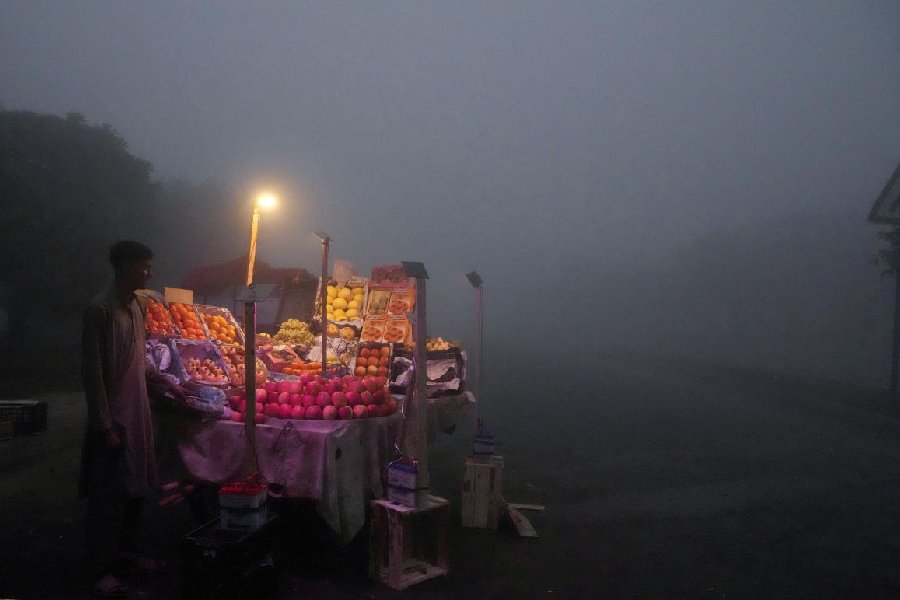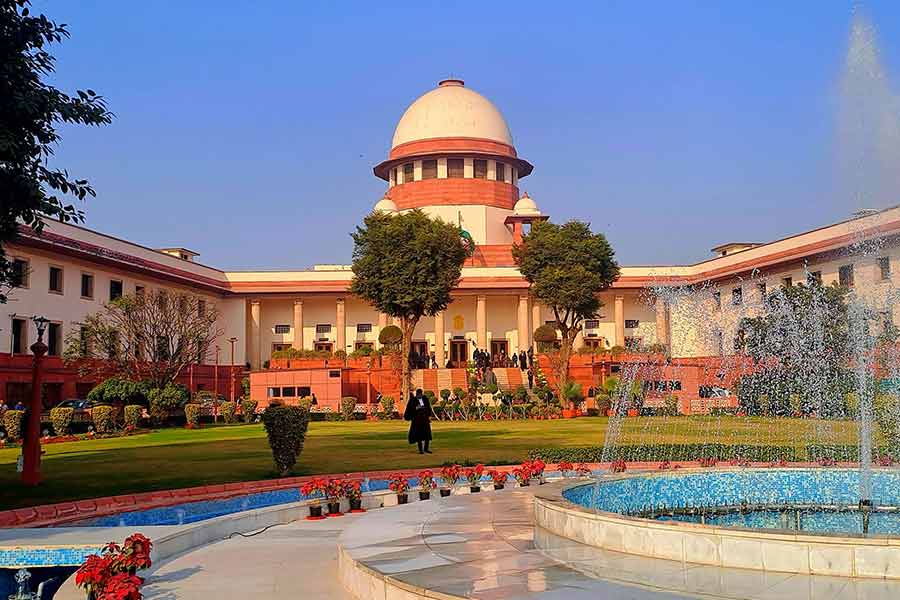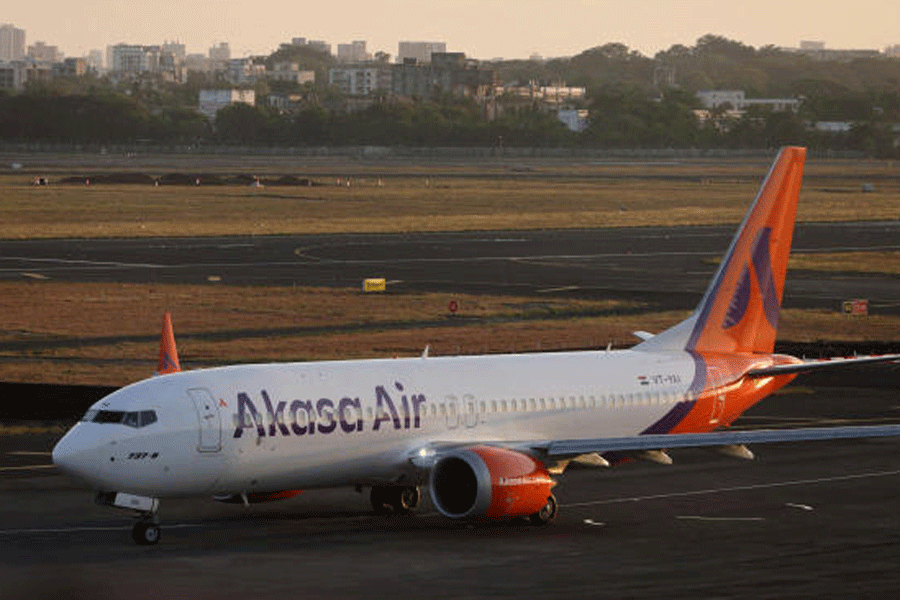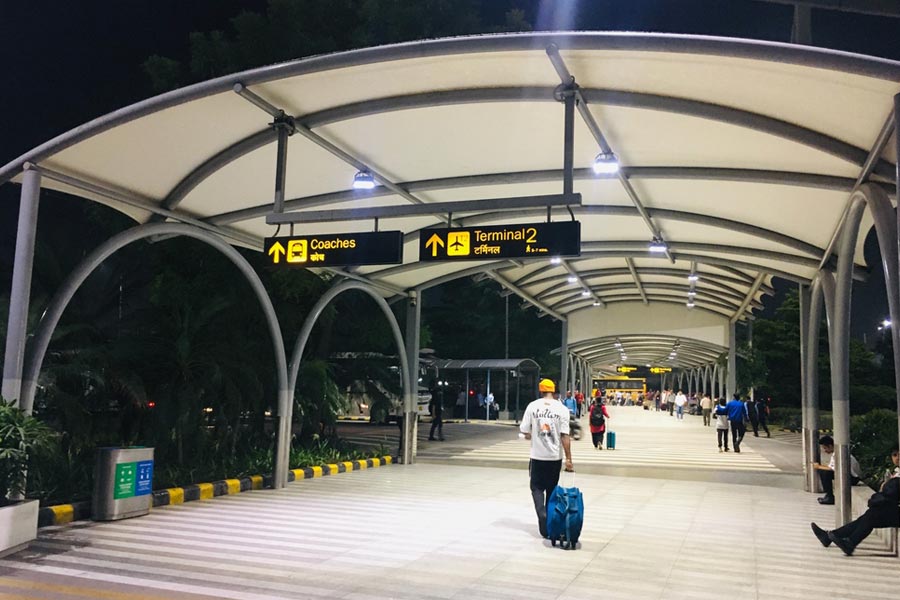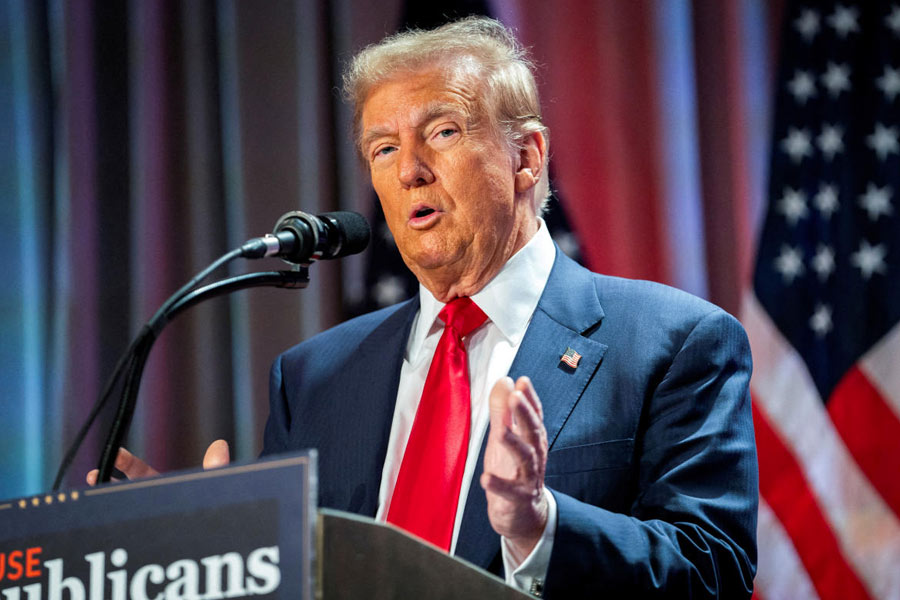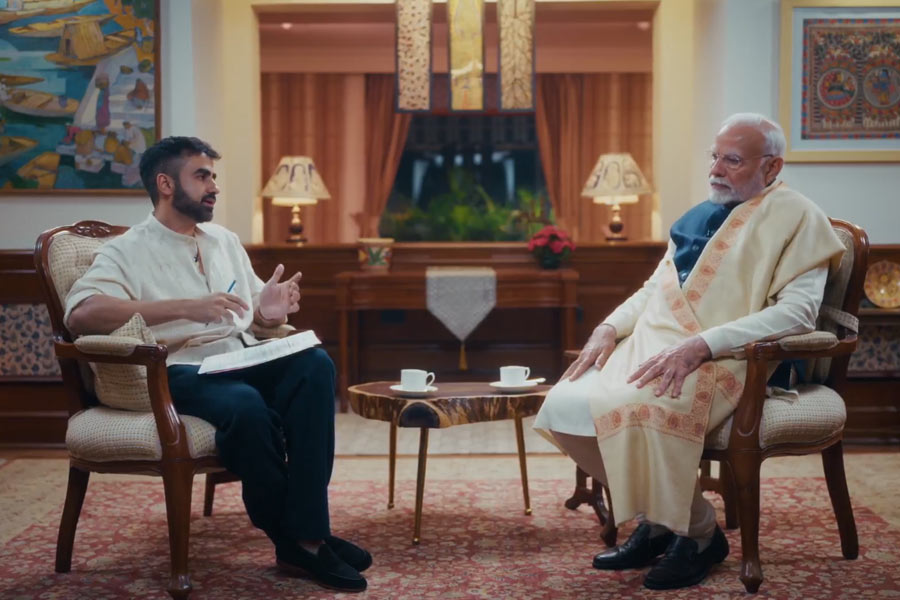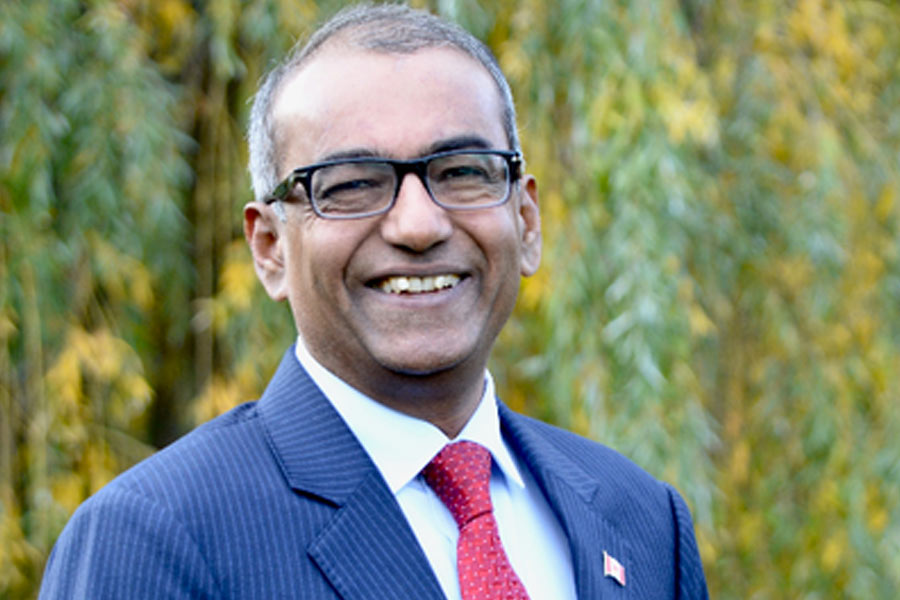In the vibrant Pakistani metropolis of Lahore, a city of 14 million people with a rich history and grand colonial-era buildings, evenings hold a special significance.
Markets thrum with activity, and families gather along bustling “food streets”. With the end of the year comes the height of the wedding season, when shimmering celebrations keep the city alive deep into the night.
But as a dense, suffocating smog has settled over Lahore’s skyline this month, the government has imposed restrictions that are reshaping the rhythms of a city that wakes late and thrives late.
Markets and wedding halls must now close by 8 pm (local time). Outdoor barbecues at restaurants are banned. Parks, zoos, historical monuments and museums are shut down. Complete weekend lockdowns — reminiscent of Covid-19 restrictions — are set to begin in a few days.
“People here start shopping after 4 or 5 pm after men return from their jobs,” said Chaudhry Kabir Ahmed, a traders’ leader at the Ichhra market in Lahore. “Now the government is asking us to close by 8 pm. It’s hard to change people’s habits so quickly. And if we open late, authorities raid us and impose heavy fines.”
Lahore regularly ranks among the world’s most polluted cities. According to IQAir, a Swiss climate monitoring group, Lahore has hit record smog levels in recent weeks, reaching a reading of 1,100 on the Air Quality Index on Thursday. Any level above 150 is classified as “unhealthy”, and anything over 300 is deemed “hazardous”.
Punjab province is next to north India, and both regions face alarmingly high levels of air pollution. On Monday, the AQI figure in the Indian capital, New Delhi, reached 1,785, and the city’s chief minister has declared a “medical emergency”.
In Lahore, the concentration in the air of tiny particulate matter, which can penetrate deep into people’s lungs and even enter the bloodstream, has been nearly 100 times as high in recent weeks as the level deemed safe by the WHO, said Christi Chester Schroeder, air quality science manager at IQAir.
Even outside the usual smog season that lasts roughly from November to January, when temperatures cool, the city’s air is polluted. Lahore has not had a day of “good” air quality, as measured by the AQI scale, since July 2021, Dr Chester Schroeder said.
On Friday, the provincial government declared smog a health crisis, saying that 2 million people had already been sickened. Hospital hours have been extended, medicines for respiratory illnesses have been supplied and ambulances have been equipped with breathing equipment, said Marriyum Aurangzeb, a senior provincial minister.
Unicef recently issued a stark warning about the extreme vulnerability of the more than 11 million children under the age of 5 in the province, citing their smaller lungs and lack of immunities.
New York Times News Service

